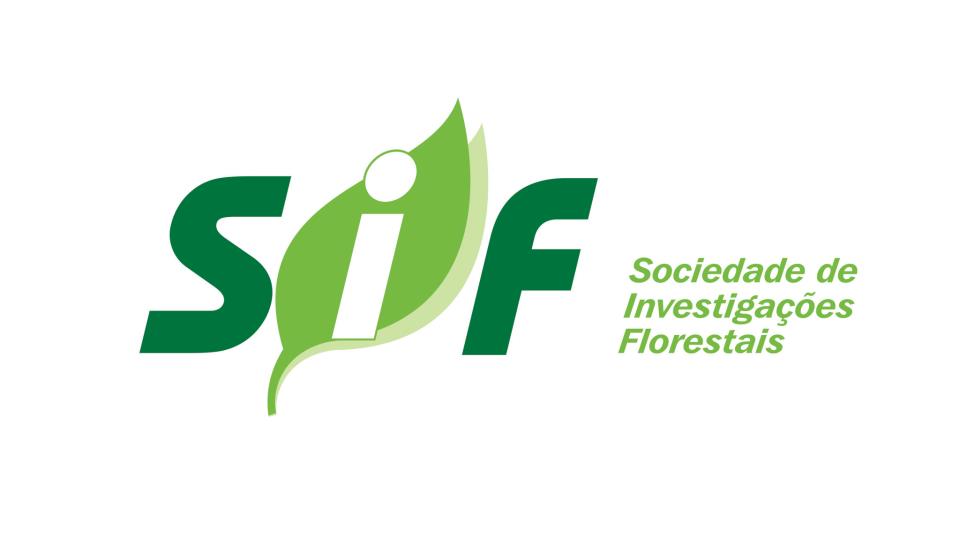Biblioteca Florestal
Digital
Digital
Crescimento inicial de Amburana cearensis (Allem.) A. C. Smith em sistema agroflorestal no Semiárido Brasileiro

JavaScript is disabled for your browser. Some features of this site may not work without it.
| dc.contributor.author | Pimentel, João Vianey Fernandes | |
| dc.contributor.author | Guerra, Hugo Orlando Carvallo | |
| dc.date.accessioned | 2015-12-01T14:02:45Z | |
| dc.date.available | 2015-12-01T14:02:45Z | |
| dc.date.issued | 2015-07 | |
| dc.identifier.citation | PIMENTEL, J. V. F.; GUERRA, H. O. C. Crescimento inicial de Amburana cearensis (Allem.) A. C. Smith em sistema agroflorestal no Semiárido Brasileiro. Ciência Florestal, Santa Maria, v. 25, n. 3, p. 771-780, jul./set. 2015. | pt_BR |
| dc.identifier.issn | 0103-9954 | |
| dc.identifier.uri | http://www.bibliotecaflorestal.ufv.br:80/handle/123456789/16316 | |
| dc.description.abstract | O cumaru (Amburana cearensis (Allem.) A. C. Smith) é uma espécie nativa do semiárido brasileiro que apresenta múltiplas utilidades como madeira de boa qualidade e contém princípio ativo que pode ser utilizado nas indústrias alimentícias, de perfume e na produção de medicamentos. É, também, planta forrageira e melífera. As respostas do cumaru à adubação orgânica e cobertura morta do solo, insumos oriundos e ciclados dentro do próprio agroecossistema, são ainda pouco conhecidas. Para isto, um experimento foi montado visando estudar o comportamento das mudas em um sistema agroflorestal (em consórcio com milho e feijão), testando-se diferentes níveis de matéria orgânica (0, 15 e 30 L de esterco na cova), com e sem cobertura morta no solo. Avaliou-se a altura de plantas, diâmetro caulinar, número de folhas, área foliar e sobrevivência das plantas no campo após um ano de plantio. O cumaru, no sistema agroflorestal estudado, mostrou-se indiferente ao uso de cobertura morta e adaptado às condições de baixa matéria orgânica no solo, obtendo-se o maior crescimento na ausência de matéria orgânica (esterco). | pt_BR |
| dc.description.abstract | Amburana cearensis (Allem.) A. C. Smith is a Brazilian semiarid region native plant. It presents good quality wood, contains an active ingredient that can be used for food, perfume and medicine production and it is also a forage and a melifera plant. The responses of the studied species to organic fertilizer and mulch, inputs produced and cycled within its ecosystem are still unknown. For this, an experiment was conducted to study the behavior of seedlings in an agroforestry system intercropped with maize and beans, testing different levels of organic matter (0, 15 and 30 L of manure) with and without soil mulch. It was evaluated the plant height, stem diameter, leaf number, leaf area and the survival of plants in the field one year after planting. The performance of A. cearensis was indifferent to the use of mulch and well adapted to low soil organic matter conditions, obtaining the largest growth in the absence of organic matter. | pt_BR |
| dc.format | 10 páginas | pt_BR |
| dc.language.iso | pt_BR | pt_BR |
| dc.publisher | Universidade Federal de Santa Maria | pt_BR |
| dc.relation.ispartofseries | Ciência Florestal:v.25,n.3; | |
| dc.subject.classification | Ciências Florestais::Silvicultura::Solos e nutrição florestal | pt_BR |
| dc.subject.classification | Ciências Florestais::Silvicultura::Sistemas agroflorestais | pt_BR |
| dc.title | Crescimento inicial de Amburana cearensis (Allem.) A. C. Smith em sistema agroflorestal no Semiárido Brasileiro | pt_BR |
| dc.title | Initial growth of Amburana cearensis (Allem.) A. C. Smith in an agroforestry system in the Brazilian Semiarid | pt_BR |
| dc.type | Artigo | pt_BR |
Arquivos deste item
| Arquivos | Tamanho | Formato | Visualização | |
|---|---|---|---|---|
| Ciencia Florestal_v25_n3_p771-780_2015.pdf | 353.8Kb |

|
Visualizar/ |
|





